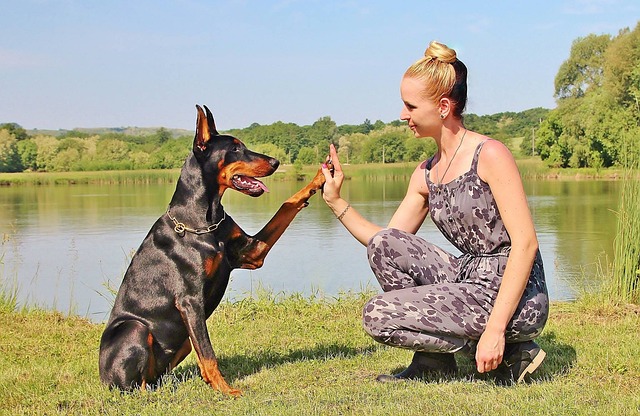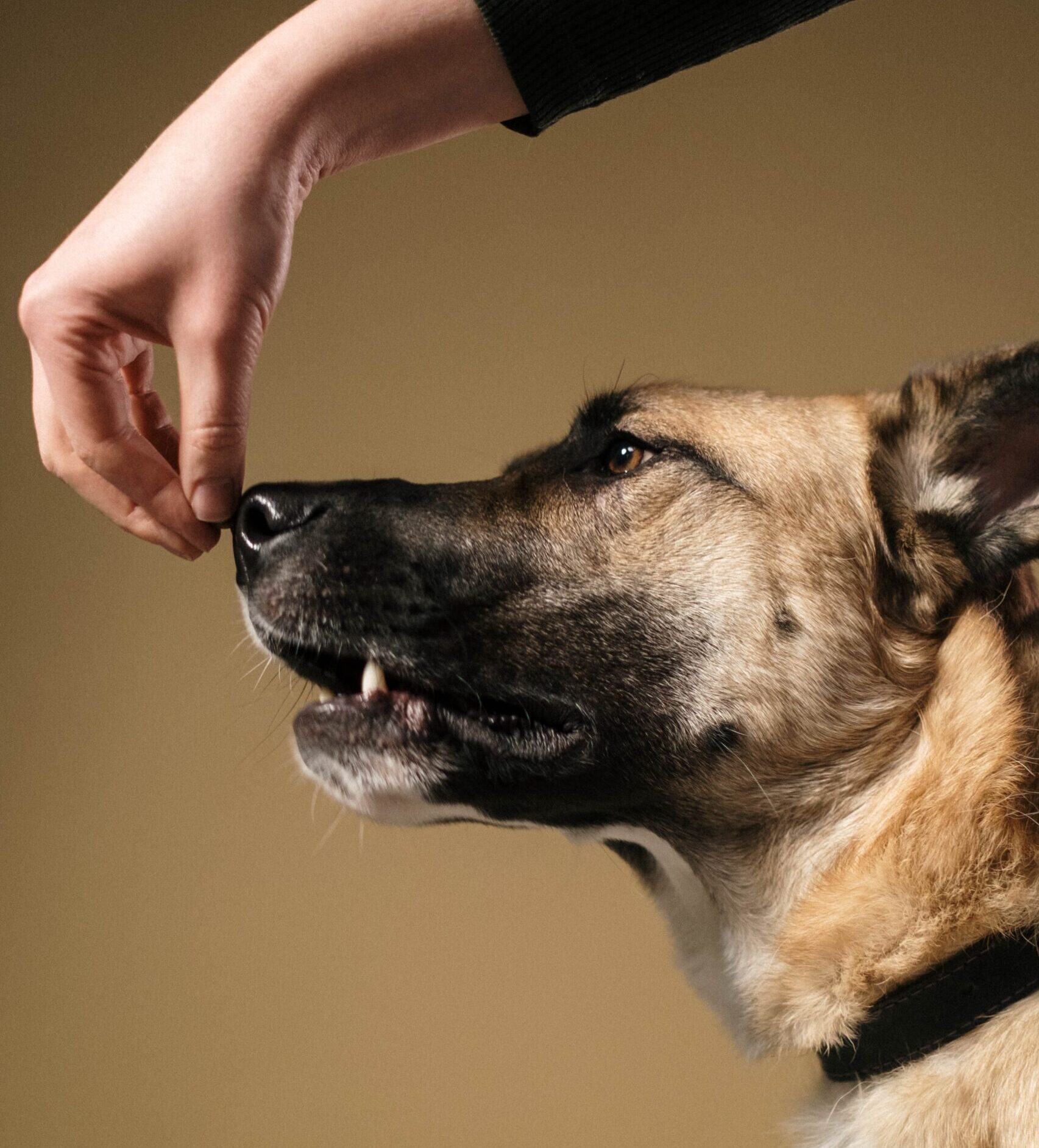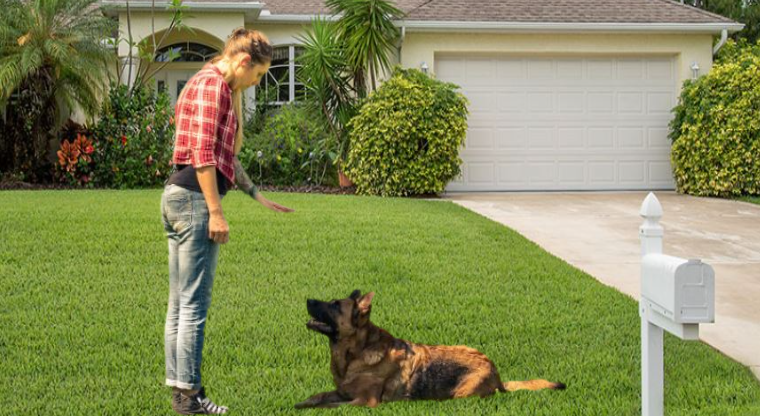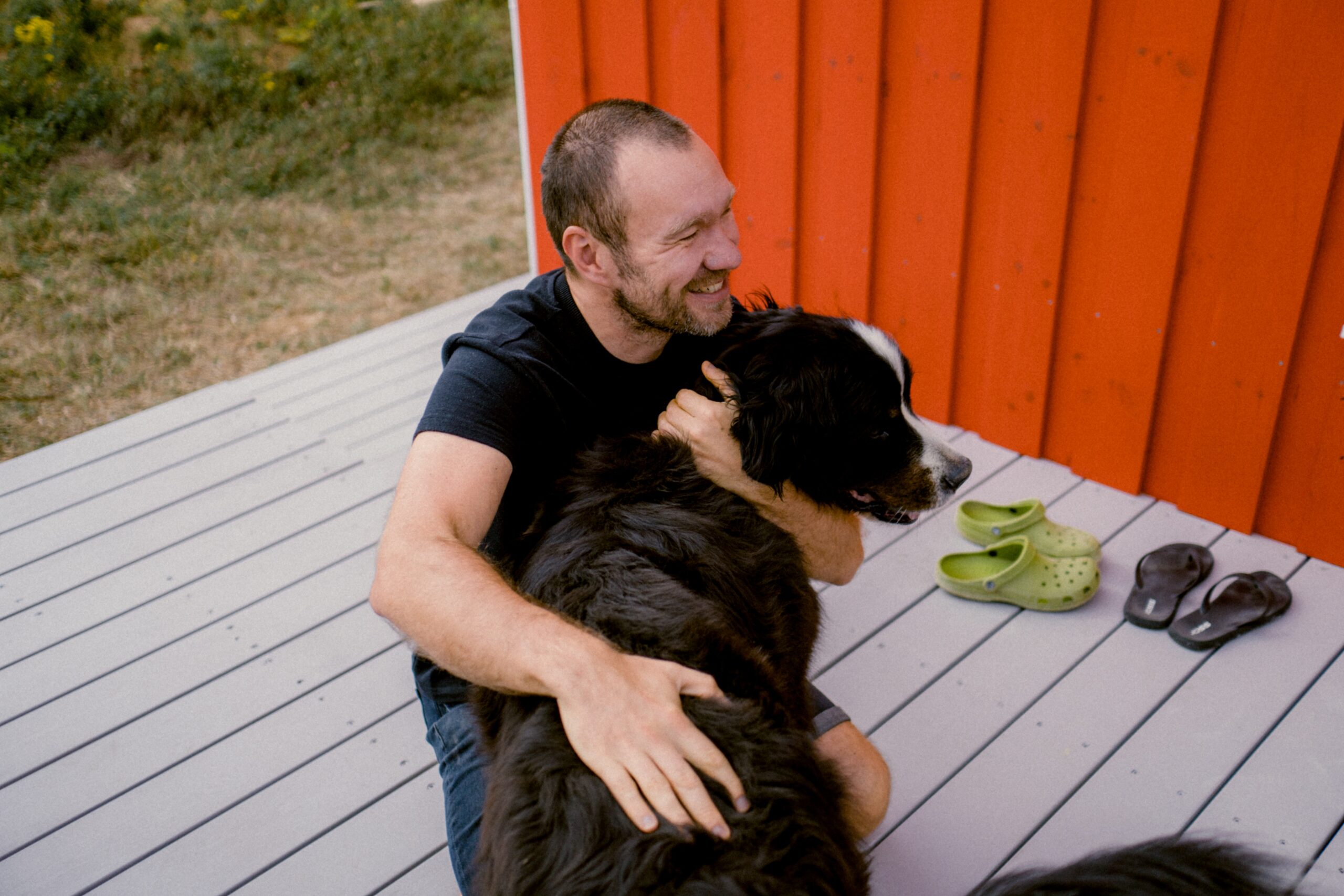How to train a dog to listen when you say come. Has it left you feeling frustrated by your dog's lack of obedience? Perhaps you've tried countless methods to get your furry friend to listen, only to be met with a general sense of defiance.
Fear not, as training a dog to listen to you is not an impossible feat! Whether you're dealing with a rambunctious puppy or an older canine set in their ways, mastering the art of communication with your four-legged companion is key to building a solid and harmonious relationship.
This article will help you understand canine psychology to employ positive reinforcement strategies. We'll explore how patience and consistency can transform even the most stubborn puppy into a well-behaved and attentive pet.
It all starts with building trust, respect, and cooperation with man's best friend. Let's unleash the secrets behind how to train a dog to listen!
Dog Attention Training
Dog attention training is paramount. It enhances the bond between you and your furry friend and creates a harmonious living environment. When you invest time and effort into getting your dog to acknowledge you. It will enable your dog to understand boundaries and rules.
It’s about fostering mutual trust, respect, and understanding. This dog attention training approach ensures that your dog doesn’t just obey commands blindly but comprehends why they’re important.
Click Button Below And Get Free Help For
How To Train A Dog To Listen
"Unlock Your Dog's Full Potential: Register for Free Online Training Today!"
"Train Your Pup from the Comfort of Home: Sign Up for Free Dog Training Now!"
"Join Thousands of Happy Dog Owners - Get Started with Free Online Training!"
How To Train A Dog To Listen Builds Trust and Bonding
Bonding with your dog is fundamental to training them to listen. Dogs are naturally social animals, and forming a strong bond with their human is essential for effective communication and obedience.
It's crucial to establish consistency in your interactions with your dog.
Set clear rules and boundaries while providing positive reinforcement to encourage good behavior. By showing your dog patience, understanding, and empathy, you can build an environment where they feel safe and secure, strengthening their bond.

Consistency and Positive Reinforcement
Maintaining consistency and using positive reinforcement is the key to getting a dog to listen. These are the fundamental principles of successful dog training.
Consistent commands help dogs understand what is expected, creating a sense of predictability for quick learning and retention. Using the same cues and enforcing the same rules establishes clear boundaries that make it easier for your dog to grasp the desired behavior.
It is essential to utilize positive reinforcement, such as treats or praise. This method is a potent motivator for dogs to perform behaviors that result in rewards consistently.

Dogs associate good behavior with pleasant outcomes, increasing their likelihood of repeating those behaviors. Ultimately, by combining consistency with positive reinforcement, you're equipping yourself with powerful tools to shape your dog's behavior in a nurturing and effective way.
Basic Commands and Communication
How to train a dog to listen to your commands for sit or stay, use clear and consistent verbal cues and appropriate hand signals to help your dog understand what is expected.

- Maintaining a calm and confident demeanor when communicating with your pet is essential, as dogs respond better to assertive yet gentle instructions.
- Remember that positive reinforcement is key. It reinforces a dog's desire to listen and obey.
- Furthermore, non-verbal communication, such as body language, also significantly conveys messages to your dog.
- Please pay attention to your posture, facial expressions, and tone of voice when interacting with your pet, as these subtle cues can impact their understanding of the command being given.
- Additionally, always be patient with your furry friend during training sessions - building trust through effective communication takes time but will ultimately result in a stronger bond and better listening skills from your pet.
Handling Distractions and Challenges
When training a dog to listen, handling distractions and challenges is a crucial aspect of the process. Dogs can easily get distracted or face challenges like humans while learning new commands or behaviors.
One practical approach is gradually exposing your dog to distractions in a controlled environment, starting with mild distractions and progressively increasing the difficulty level. By doing so, you are helping your dog build resilience and focus amidst various stimuli.
Furthermore, when faced with challenges during training sessions, it's essential to remain patient and adaptable. Dogs may struggle with specific commands or behaviors due to their unique personalities or past experiences.
Trainers need to adjust their approach based on the individual needs of their dog. For example, for complex tasks, try taking smaller steps or using positive reinforcement techniques to motivate the dog through challenging moments.
Ultimately, by acknowledging and effectively managing distractions and challenges in the training process, you and your furry friend can achieve greater success in building strong communication and understanding.
How To Train A Dog To Listen Takes Patience and Persistence
Patience and persistence are essential qualities when it comes to training a dog to listen. Every dog is unique; some may take longer to learn commands than others.
By consistently applying patience and persistence, you can build trust with your furry friend and create a positive learning environment.
Training a dog takes time, and setbacks are inevitable. However, patience allows us to remain calm and understanding when things are unplanned. On the other hand, persistence ensures success even when progress seems slow.
Enjoying a Well-Trained Canine Companion
Enjoying a well-trained canine companion is a rewarding experience that fosters a strong bond between humans and dogs.
How to train a dog to listen and respond to commands creates smooth interactions and builds trust. This positive dynamic allows for more freedom and enjoyable experiences with your furry friend.

Having a well-trained dog also opens up various opportunities for outdoor activities, socializing with other pet owners, and creating pleasant memories. As such, the time and effort invested in training your dog to listen pays off.
So, take the necessary steps to train your dog effectively, be patient, and savor the delights of having an attentive furry friend by your side.
Free How To Train A Dog To Listen videos




